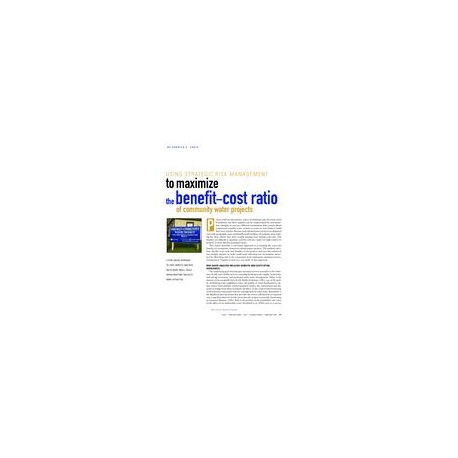Cart 0 Product Products (empty)
No products
To be determined Shipping
$0.00 Total
Product successfully added to your shopping cart
Quantity
Total
There are 0 items in your cart. There is 1 item in your cart.
Total products
Total shipping To be determined
Total
New Reduced price!  View larger
View larger
 View larger
View larger AWWA JAW59511
M00001108
New product
AWWA JAW59511 Journal AWWA - Using Strategic Risk Management to Maximize the Benefit-Cost Ratio of Community Water Projects
Journal Article by American Water Works Association, 02/01/2004
Louis, Garrick E.
In stock

